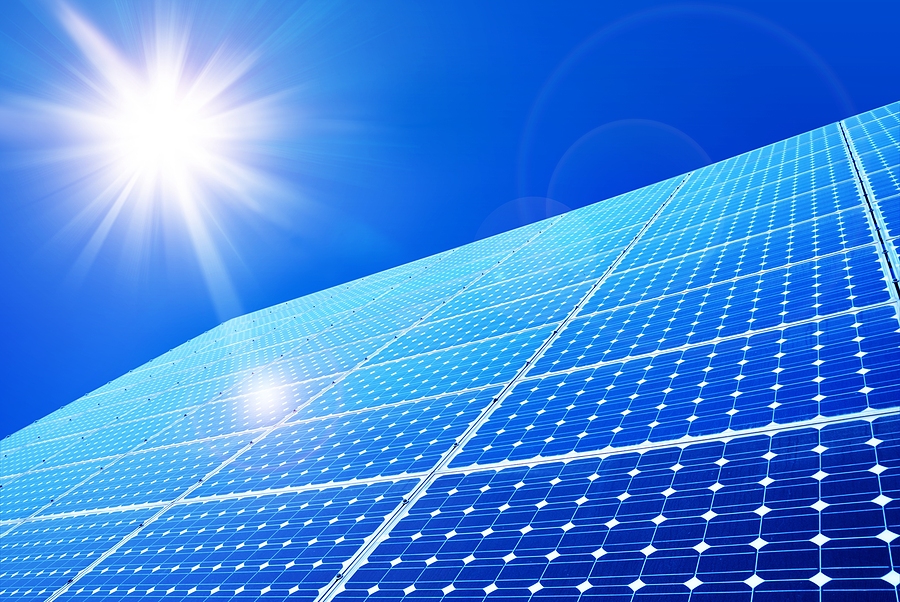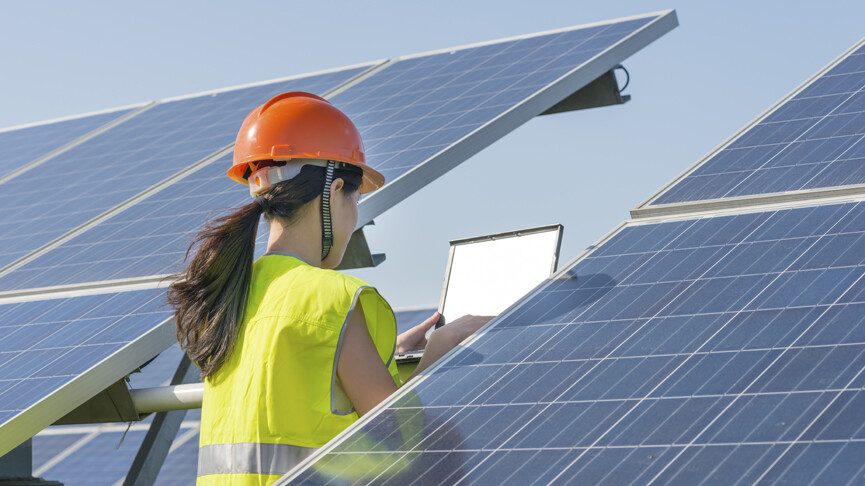The transition to renewable energy sources is more critical than ever, and one of the most effective ways to harness solar energy is through the installation of solar panels. The Solar Panel Layout Project – Phase I aims to establish a robust foundation for integrating solar energy into our energy mix. This blog outlines the key components, objectives, and expected outcomes of this project phase.
Project Overview
The primary goal of Phase I is to design and implement an efficient layout for solar panels that maximizes energy production while considering environmental and logistical factors. This phase serves as the groundwork for future expansions and optimizations.
Key Objectives
- Site Assessment:
- Conduct a thorough analysis of potential sites for solar panel installation, focusing on factors such as sunlight exposure, land topography, and proximity to existing electrical infrastructure.
- System Design:
- Develop a comprehensive design for the solar panel layout, including the number of panels, orientation, and spacing to optimize energy capture.
- Permitting and Compliance:
- Ensure all necessary permits are obtained and that the project complies with local regulations and environmental standards.
- Community Engagement:
- Engage with local stakeholders and communities to inform them about the project, address concerns, and promote the benefits of solar energy.
Implementation Steps
1. Site Assessment
- Data Collection: Gather data on solar irradiance, weather patterns, and existing land use.
- Site Visits: Conduct field visits to evaluate potential sites and assess any environmental impacts.
2. Design Phase
- Layout Planning: Create a detailed layout plan, specifying the arrangement of solar panels to maximize sunlight exposure and minimize shading.
- Simulation and Modeling: Utilize software tools to simulate energy production based on the proposed layout, ensuring optimal performance.
3. Permitting Process
- Documentation: Prepare and submit all required documentation to local authorities.
- Community Meetings: Organize informational sessions to educate the community about the project and gather feedback.
4. Community Engagement
- Awareness Campaigns: Launch campaigns to promote the benefits of solar energy and the project’s positive impact on the environment and local economy.
- Feedback Mechanisms: Establish channels for community members to voice their concerns and suggestions.
Expected Outcomes
- Increased Energy Production: A well-designed solar panel layout will significantly enhance energy output, contributing to a more sustainable energy future.
- Community Support: Engaging with local stakeholders fosters trust and support, ensuring the project’s long-term success.
- Foundation for Future Phases: Phase I will set the groundwork for subsequent phases, including installation, operation, and performance monitoring.





